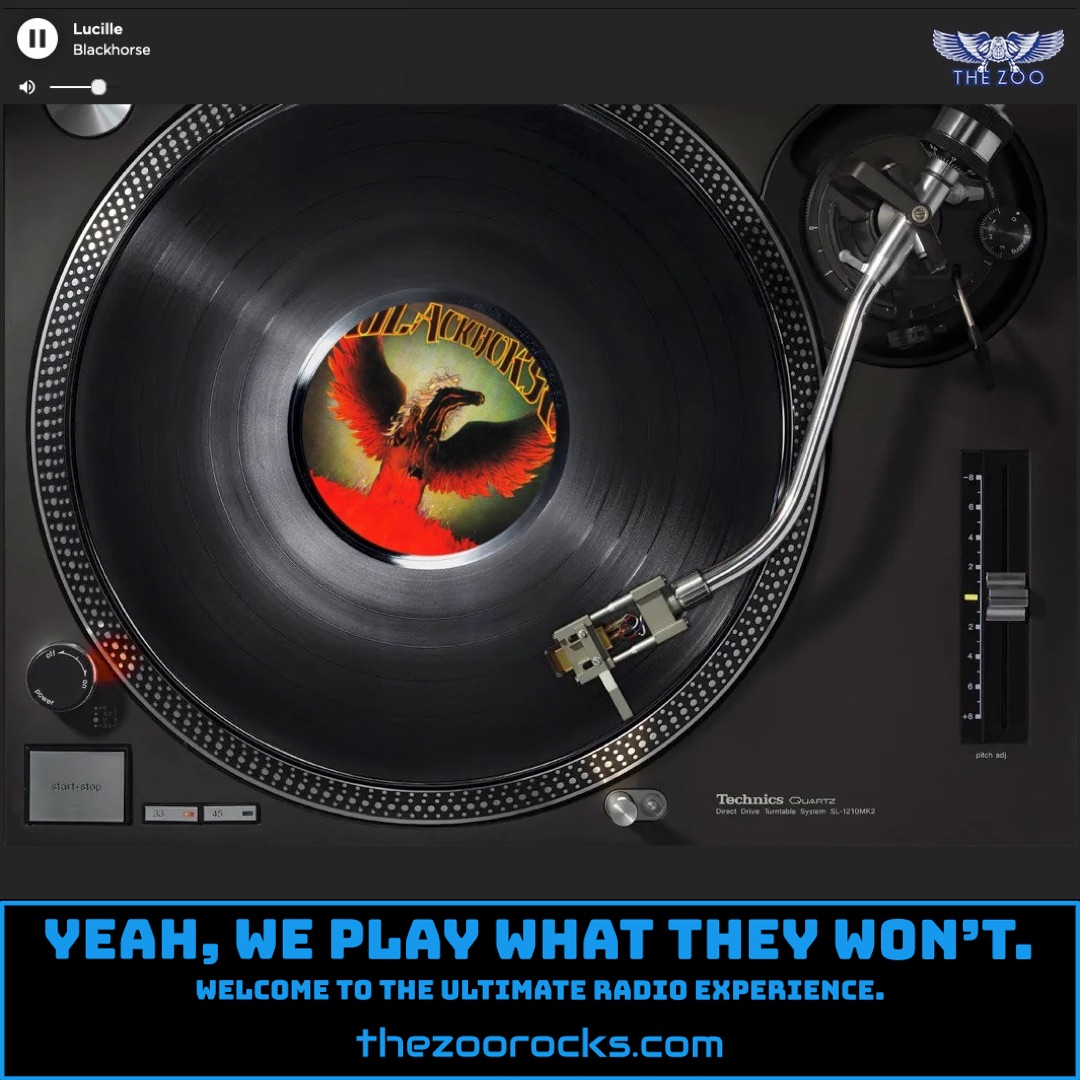Stereotomy
The Alan Parsons Project
Hey there, Zoo Freaks, groovin' to the cosmic vibes of "Stereotomy" by The Alan Parsons Project on THE ZOO! This track, the title cut from their 1985 album, is a deep dive into the pressures of fame, drawing its name from Edgar Allan Poe's "The Murders in the Rue Morgue," where "stereotomy" refers to cutting solid shapes, here a metaphor for how celebrities are molded by public expectations. The song's punchy, hard-rocking energy, powered by John Miles' soaring vocals, marked a bold shift from the softer tones of earlier albums like Ammonia Avenue. Eric Woolfson, the band's co-founder, once shared that the album's concept was sparked by radio programmer Lee Abrams, who challenged them to ditch their "slack" approach and deliver something with bite—hence the gritty instrumental "Where's the Walrus?" also on the album. Abrams' blunt critique, "I don't hear the walrus!" (nodding to John Lennon's "I Am the Walrus"), directly inspired that track's title and vibe.
Dig this: "Stereotomy" was the first Alan Parsons Project album recorded entirely digitally, giving it a crisp, cutting-edge sound for '85. The track "Chinese Whispers" ties back to Poe too, featuring Woolfson's daughters, Sally and Lorna, reciting a word sequence from the story, layered like a sonic puzzle. Fans on The Alan Parsons Project's official Facebook recently celebrated John Miles' contribution, with posts marking his would-be 76th birthday in April 2025, noting his iconic voice on tracks like "Stereotomy." The album's innovative packaging also stood out—original vinyls came with a color-filter oversleeve that changed the artwork's hues when slid over, creating four visual variations. Though critics like J.D. Considine dismissed it as "unnecessary surgery," fans on Reddit's progrockmusic still vibe with its underrated energy, with one user boasting about their OG vinyl with the multi-color cover.
Now, let's rewind to how The Alan Parsons Project came to be. Alan Parsons, born in London in 1948, was a sound engineering wizard before he was a bandleader. At just 18, he landed a gig at Abbey Road Studios, assisting on the Beatles' Abbey Road and Let It Be. His golden touch shaped Pink Floyd's The Dark Side of the Moon, where he engineered the iconic soundscapes, though he later griped about not getting full credit due to mixing supervisor Chris Thomas. Parsons also worked magic on Al Stewart's "Year of the Cat," adding a sax part that turned it into a jazzy hit. In 1974, he met Eric Woolfson, a songwriter and pianist with a vision for a concept album based on Poe's works. Woolfson, who’d been composing while session-playing, saw Parsons' production chops as the perfect match. Their handshake at Abbey Road sparked a partnership that birthed The Alan Parsons Project in 1975, blending lush prog-rock with cinematic themes.
The Project was unique—no fixed lineup, just Parsons and Woolfson as the core, weaving in session aces like Ian Bairnson and Stuart Elliott, plus vocalists like Colin Blunstone and Gary Brooker. Their debut, Tales of Mystery and Imagination, hit the U.S. Top 40, setting the stage for a run of concept albums tackling sci-fi, sociology, and even Gaudí's architecture. Unlike most bands, they rarely played live, focusing on studio perfection, though they did a one-off show in 1990. After splitting in 1990, Parsons kept rocking solo, while Woolfson pursued musicals until his passing in 2009. Catch the latest on the official Alan Parsons Project website, vibe with fans on Instagram, or join the conversation on X. For deeper fan dives, check out the Alan Parsons Project Fan Group on Facebook or explore ProgArchives for reviews and discography details. Keep spinning those records, Zoo Crew!

